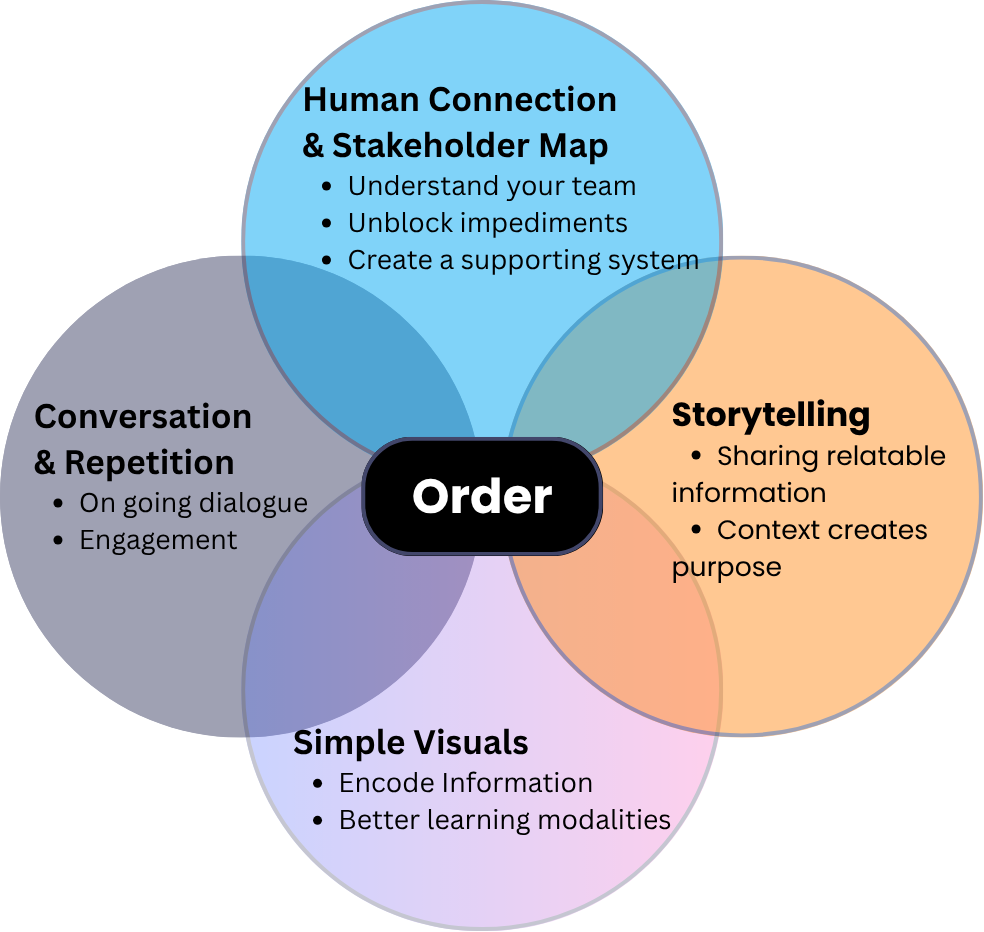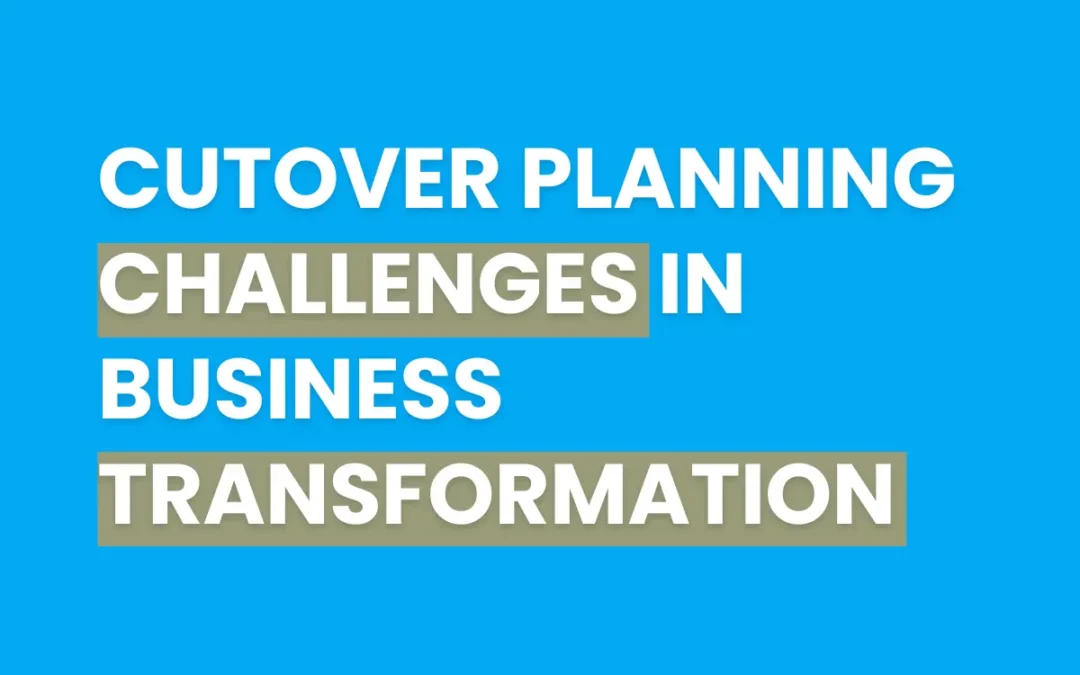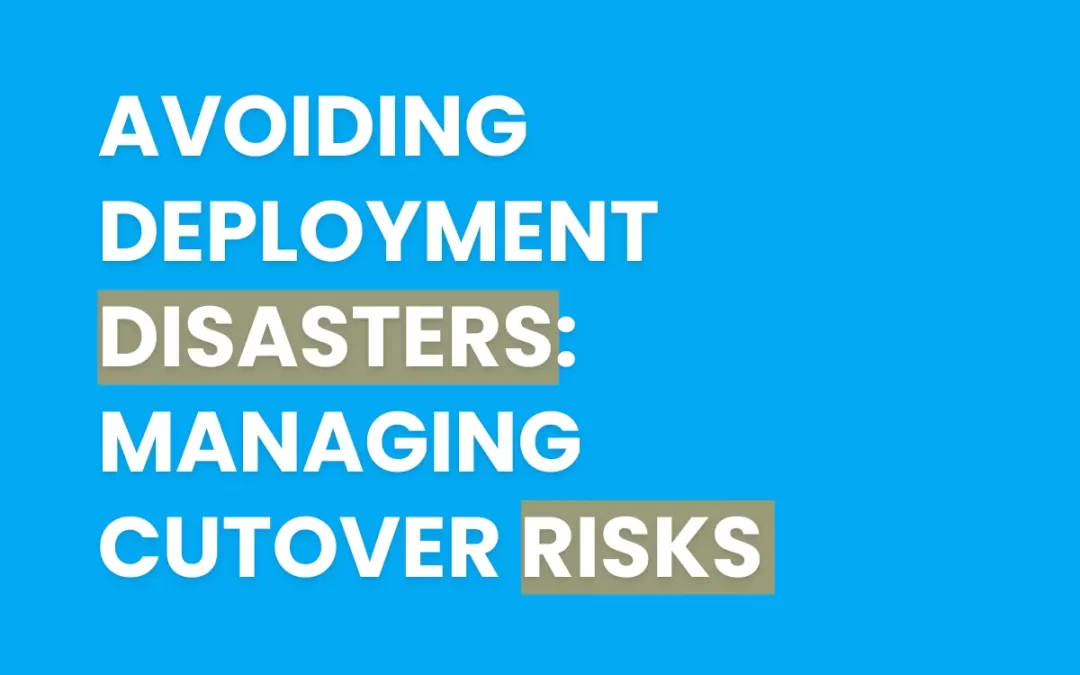Top Cutover Planning Pitfalls in Business Transformation: Avoid These Common Mistakes

Cutover planning is a critical phase in any business or digital transformation programme. It’s the moment when the old system is retired, and the new one goes live. Done right, it ensures a seamless transition. Done poorly, it can lead to costly downtime, budget overruns, and stakeholder dissatisfaction.
In this article, we’ll explore the top cutover planning pitfalls that IT Directors and Programme Directors must avoid to ensure a successful business transformation. By understanding these common mistakes and implementing best practices, you can minimize risks and maximize the chances of a smooth transition.
Why Cutover Planning is Critical for Successful Business Transformation
Cutover planning is the process of transitioning from an old system to a new one during a business transformation. It involves coordinating people, processes, and technology to ensure minimal disruption to operations.
Why Does Cutover Planning Matter in Digital Transformation?
- Minimizes Downtime: A well-executed cutover ensures that business operations continue with little to no interruption.
- Controls Costs: Poor planning can lead to budget overruns due to delays, rework, or system failures.
- Ensures Stakeholder Satisfaction: A smooth transition builds trust and confidence among stakeholders, from employees to customers.
However, cutover planning is often underestimated or rushed, leading to avoidable mistakes. Let’s dive into the top pitfalls and how to avoid them.
The #1 Cutover Planning Mistake: No Clear Ownership
One of the most common pitfalls in cutover planning is the lack of clear ownership and accountability. Without a dedicated team or individual overseeing the process, tasks can fall through the cracks, leading to delays and miscommunication.
Risks of Unclear Ownership in Cutover Management
- Miscommunication: Without a clear point of contact, teams may work in silos, leading to conflicting priorities.
- Delays: Tasks may be overlooked or duplicated, causing unnecessary delays.
- Lack of Governance: Decisions may be made without proper oversight, increasing the risk of errors.
How to Establish Clear Ownership in the Cutover Process
- Assign a Cutover Manager: Designate a single point of contact responsible for overseeing the entire cutover process.
- Define Roles and Responsibilities: Clearly outline who is responsible for each task, from testing to go-live.
- Set Up Governance Structures: Establish a steering committee to oversee decision-making and resolve conflicts.
By assigning clear ownership, you can ensure that everyone knows their role and responsibilities, reducing the risk of miscommunication and delays.
Why Testing and Risk Management Are Non-Negotiable in Cutover Planning
Inadequate testing and risk management are among the most dangerous pitfalls in cutover planning. Skipping these steps can lead to system failures, data loss, and costly downtime.
The Dangers of Insufficient Testing in System Migration
- System Failures: Without thorough testing, you may encounter unexpected issues during the cutover, such as software bugs or hardware incompatibilities.
- Data Loss: Incomplete data migration testing can result in lost or corrupted data.
- User Frustration: End-users may struggle with the new system if it hasn’t been properly tested for usability.
Best Practices for Testing and Risk Management in Cutover Planning
- Conduct End-to-End Testing: Test every component of the new system, including integrations, data migration, and user interfaces.
- Identify Risks Early: Create a risk register to document potential issues and their mitigation strategies.
- Perform Dry Runs: Simulate the cutover process to identify and address any gaps before the actual go-live.
- Involve Key Stakeholders: Engage end-users in testing to ensure the system meets their needs and expectations.
By prioritizing testing and risk management, you can identify and address potential issues before they escalate, ensuring a smoother transition.
The Communication Gap: A Major Cutover Planning Pitfall
Poor communication is another common pitfall that can derail even the most well-planned cutover. Without clear and consistent communication, stakeholders may become confused, resistant, or disengaged.
The Impact of Poor Communication in Business Transformation
- Confusion: Lack of clarity about timelines, roles, and expectations can lead to misunderstandings.
- Resistance: Stakeholders may resist the change if they feel uninformed or excluded from the process.
- Missed Deadlines: Miscommunication can result in missed deadlines and delayed deliverables.
Tips for Effective Communication in Cutover Planning
- Create a Communication Plan: Outline what information needs to be shared, with whom, and when.
- Engage Stakeholders Early: Involve stakeholders from the beginning to build buy-in and address concerns.
- Use Multiple Channels: Communicate through emails, meetings, and collaboration tools to ensure everyone stays informed.
- Provide Regular Updates: Keep stakeholders updated on progress, challenges, and next steps.
By fostering open and transparent communication, you can build trust, manage expectations, and ensure everyone is aligned toward a common goal.
Mastering Cutover Planning: Key Takeaways for Business Transformation Success
Cutover planning is a make-or-break phase in any business transformation. By avoiding these common pitfalls, you can ensure a smoother transition and set your organization up for long-term success.
Recap of Top Pitfalls and Solutions in Cutover Planning
- Lack of Clear Ownership: Assign a dedicated cutover manager and define roles and responsibilities.
- Inadequate Testing and Risk Management: Conduct thorough testing, identify risks early, and perform dry runs.
- Poor Communication: Create a communication plan, engage stakeholders early, and provide regular updates.
The Value of Expert Support in Cutover Management
While these best practices can help you avoid common mistakes, cutover planning is a complex process that often requires specialized expertise. Partnering with a cutover management services provider can give you access to the tools, resources, and experience needed to navigate this critical phase with confidence.
By proactively addressing these pitfalls and leveraging expert support, you can minimize risks, control costs, and ensure a successful business transformation. Don’t let poor cutover planning derail your efforts—take the time to plan, test, and communicate effectively for a seamless transition.



